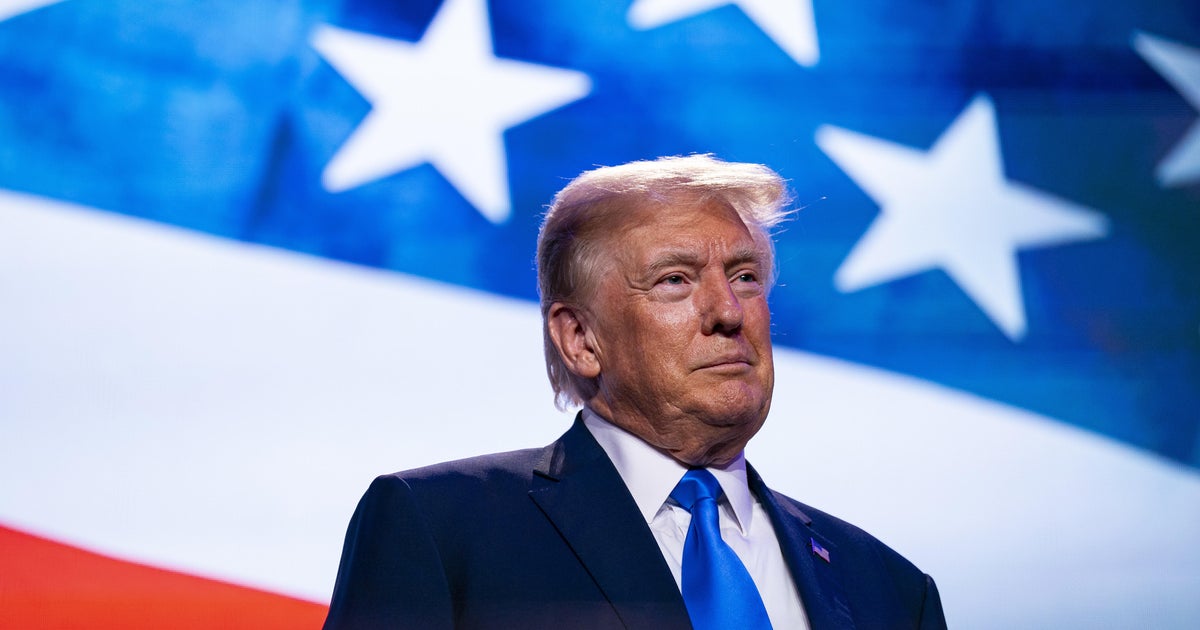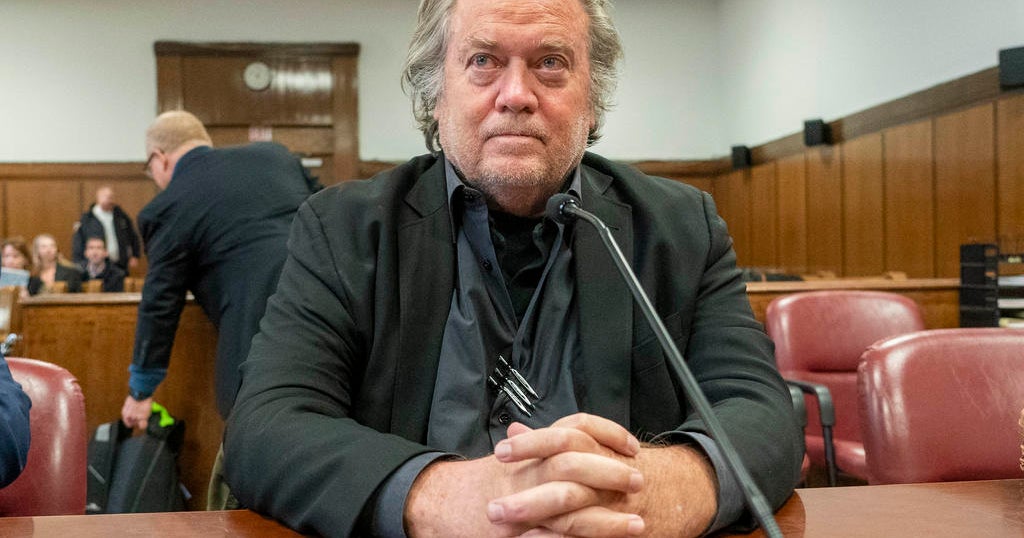How much credit does Donald Trump deserve for Dow rally?
President Donald Trump’s election coincided with a big rally in the stock market, culminating in the Dow Jones industrial average topping the 20,000 mark on Wednesday. But is the entire surge attributable to Mr. Trump? Maybe half of it, but not the entire thing.
For sure, the post-election run-up has been solid. The Dow, from Election Day on Nov. 8 through Wednesday, gained 9.5 percent, and from the election to last Friday’s inauguration, 8.6 percent. Before that, the rise was less robust: for 2016 up to Election Day, 5.2 percent. And to deliver that much, the Dow had to struggle through a first half beset by worries about China’s lagging growth, low prices for oil and other commodities and Great Britain’s surprise voted to leave the European Union.
The “Trump bump,” as it’s known, actually has had three phases. From the election to mid-December was the bulk of the advance, about six weeks. The Dow crept up close to 20K -- but then the rally stalled. Only in recent days, since Mr. Trump took the oath of office, has the market revived again. The Dow crossed the 20,000 line, while the S&P 500 and the Nasdaq Composite touched new records.
At the same time, other influences were at work that had little or nothing to do with the new president: Corporate earnings, negative since 2015, turned positive again. Oil prices, which tumbled from $100 per barrel in mid-2014 to $26 in early 2016, rebounded to over $50 by fall -- good news for battered energy companies and their stocks. The Federal Reserve served notice that it would raise interest rates, a boon for financial companies, which saw shares ascend. Meanwhile, numerous economic indicators perked up.
Let’s sketch out the dynamics of the post-election rally, to see which stemmed from Mr. Trump and which from other factors:
Trump euphoria. Pre-election, numerous analyst projections held that a Trump victory would spell stock market catastrophe, because they feared he would start a trade war against China and other nations, balloon the national debt with his massive tax cuts and infrastructure build-out and further polarize the U.S.
The opposite happened in the market. Investors greeted Mr. Trump’s win as a near-guarantee that his proposals -- which they viewed as “pro-growth” -- would be enacted. Gus Faucher, PNC deputy chief economist, wrote in a research note: “The improvement in the stock market is based on expectations for stronger economic growth under the Trump administration, which would boost corporate profits, and expected lower taxes on those profits.”
Lower corporate and individual taxes, lighter regulation and presumably business-friendly policies will lead to an economic boom, the reasoning went. “Trump’s message is clear,” said John Augustine, chief investment officer at Huntington National Bank. “America is open for business. And if you sell it here, you better make it here.”
Many of the Dow components began rising. While post-election rallies are not that remarkable, this one had a special oomph. Financial services stocks, held in low regard since the 2008-09 crisis, benefited from talk that Mr. Trump would revoke or at least diminish the Dodd-Frank law, which placed regulatory burdens on many of them following the widespread economic carnage from the financial crisis.
A big beneficiary was Goldman Sachs (GS), the largest stock in the Dow at an 8 percent weighting. Unlike many other indexes that use market valuation in their weightings, the Dow measures its 30 members by stock price alone. So Goldman, as its only stock over $200, has the most heft. Goldman is up 30 percent since the election.
Another winner was the defense sector, because Mr. Trump has vowed to bolster military spending. Take Boeing (BA), which has enjoyed a 17 percent lift since the election. Boeing’s climb came despite a brief drop in early December, when Mr. Trump criticized the aerospace company for profligate spending on construction of two new presidential aircraft.
Indeed, according to Bespoke Investment Group, Mr. Trump’s transition period had the second largest Dow increase in history, behind Herbert Hoover’s. Dwight Eisenhower, John F. Kennedy and George H.W. Bush weren’t too far behind Mr. Trump.
The pause, and the uptick. In mid-December, though, the rapid tempo slowed to a plod. Partly, that was due to fatigue; even the most rampaging bull run needs a pause. And some of the initial market surge was plain old relief that “the uncertainty of who would be in charge was lifted,” said Nicholas Atkeson, a managing director at US Capital Wealth Management, an asset manager in San Francisco. That emotion can last only so long, he said.
In addition, Mr. Trump seemed to be spending much of his time during the transition as a national scold, which likely helped slow market momentum. He kept up his campaign on Twitter and in person to slam his perceived foes. For New Year’s, for instance, he tweeted these wishes: “Happy New Year to all, including to my many enemies and those who have fought me and lost so badly they just don’t know what to do. Love!” A CBS News poll in December showed that 53 percent of Americans were either concerned or scared about his plans as president.
“His personal style became distracting,” said Jason Thomas, chief economist at AssetMark, a financial consulting firm in Concord, Calif. “People began asking: Where is he going to get that $1 trillion” for infrastructure.
But it’s significant that the Dow, which had been flirting with the 20,000 mark from December into January, finally got there just a few days after Mr. Trump’s swearing in. That’s because, once he assumed power, he had the ability to turn talk into action, said Eric Schiffer, chief executive of the Patriarch Organization, a Los Angeles private equity firm. “This is the Dow Trump index,” he said.
Mr. Trump himself did not give much analysis to the Dow’s milestone, other than to tweet it was “Great!” Trump aide Anthony Scaramucci, a financier, tweeted: “Stock market performance in 6 weeks following President Trump’s victory is best among all elections since 1900,” using Bloomberg numbers. Using that six-week measure, of course, cuts off the market doldrums period that began in mid-December.
In his first week in office, Mr. Trump froze new or pending regulations, removed Obama administration-imposed roadblocks to two oil pipelines, formally withdrew the U.S. from the Trans-Pacific Partnership trade agreement (which he says would lead to more American job losses) and signed an order streamlining federal approvals for infrastructure projects. Those steps, in addition to several on the conservative wish list -- like starting to roll back Obamacare and saying he would announce his right-leaning pick for the Supreme Court next week -- signaled to the market that Mr. Trump was getting things done.
Before his inauguration, it was “hypothetical,” Schiffer said. “Now he is showing not telling, and firing on all cylinders.”
The other factors. Corporate earnings, a key driver of market performance, have been doing well lately. “This has really encouraged investors,” asset manager Atkeson said, adding that better profits have nothing to do with the president and his program, at least at the moment.
Earnings had been declining since 2015, owing to problems ranging from weak global growth to a strong dollar (which makes U.S. overseas sales worth less to American multinationals) to a collapse in oil prices, which slammed the energy industry badly. Lately, however, many of those headwinds have ebbed.
Then came the profits turnaround. In 2016’s third quarter, according to the U.S. Commerce Department, earnings grew 5.2 percent. Companies are just now starting to report their results for last year’s final quarter, and FactSet researchers project they will come in at 3.6 percent.
The economy is doing fairly well. something that started during Barack Obama’s presidency. The expansion isn’t spectacular, to be sure -- gross domestic product growth has averaged around 2 percent yearly since the Great Recession, and numerous forecasts say it will stay at that tepid pace over the next two years. But GDP and other economic measurements are progressing well enough to stir optimism among investors and uncleash what legendary economist John Maynard Keynes called “animal spirits.”
The Federal Reserve, which has been holding off on raising interest rates out of fear that would squelch growth, felt positive enough about the economy’s prospects to boost them last month -- and plans for three more hikes in 2017.
Numerous economic indicators, though hardly all, show a brighter picture nowadays. The Conference Board’s Consumer Confidence Index posted strong increases in November and December. Similarly, the Institute for Supply Management’s tally of manufacturing orders jumped in December.
Amid strong wage growth, the unemployment rate in December was 4.7 percent, a level that the Federal Reserve terms “full employment.” Last month, hourly pay rose 2.9 percent from a year earlier, the largest increase in more than seven years. Also last month, wages rose a further 10 cents to $26 after sliding 2 cents in November.
Should Mr. Trump get his economic program through Congress, then the market may well continue to take heart and climb higher. None of that, however, is a sure thing.



